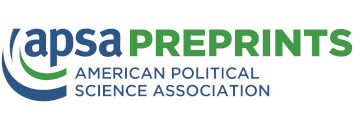Abstract
Subnational governments played a major role addressing the socioeconomic toll of COVID-19. Still, we know little about why some (but not all) adopted generous social assistance measures, and why some of their interventions were more programmatic than others. Based on in-depth case studies of 23 Colombian cities, this article characterizes governments’ aid measures and employs fsQCA to explain differences. I find that no single factor is necessary or sufficient to produce broad or programmatic relief. Various combinations of structural factors and incentives for mayors’ political action are conducive to both outcomes. Electoral competitiveness and mobilization pushed mayors in wealthier, institutionally stronger cities to provide more aid, while opposition mayors delivered significant relief with more limited resources. Structural factors appear especially important for aid to be programmatic (with one exception). The findings call for a less static understanding of state capacity in the study of social policy and distributive politics.


![Author ORCID: We display the ORCID iD icon alongside authors names on our website to acknowledge that the ORCiD has been authenticated when entered by the user. To view the users ORCiD record click the icon. [opens in a new tab]](https://preprints.apsanet.org/engage/assets/public/apsa/logo/orcid.png)




